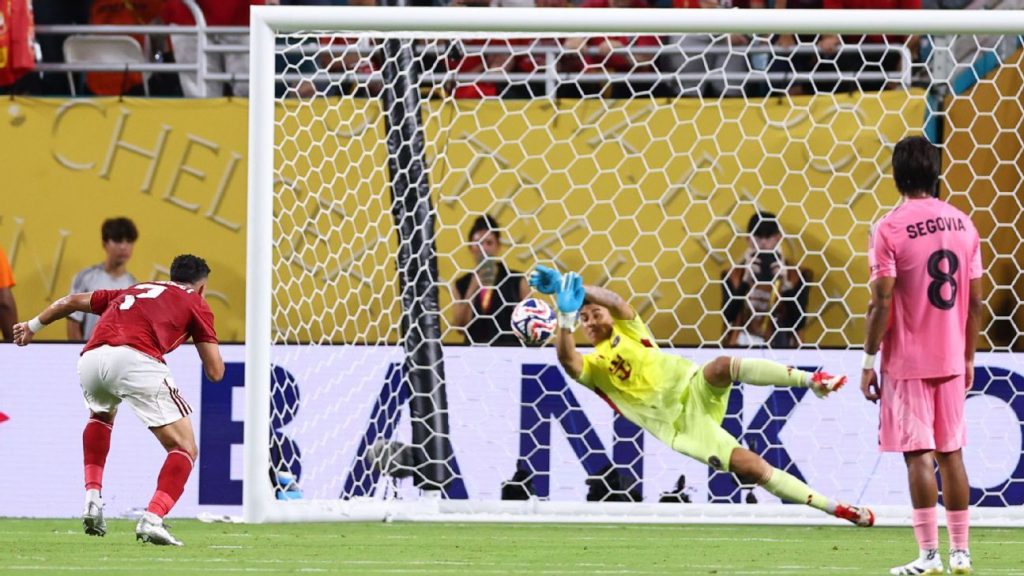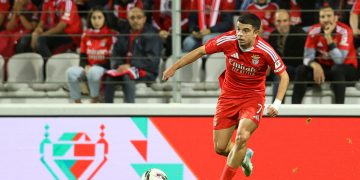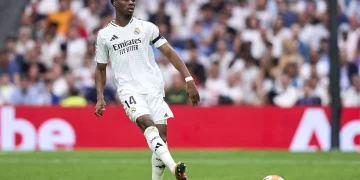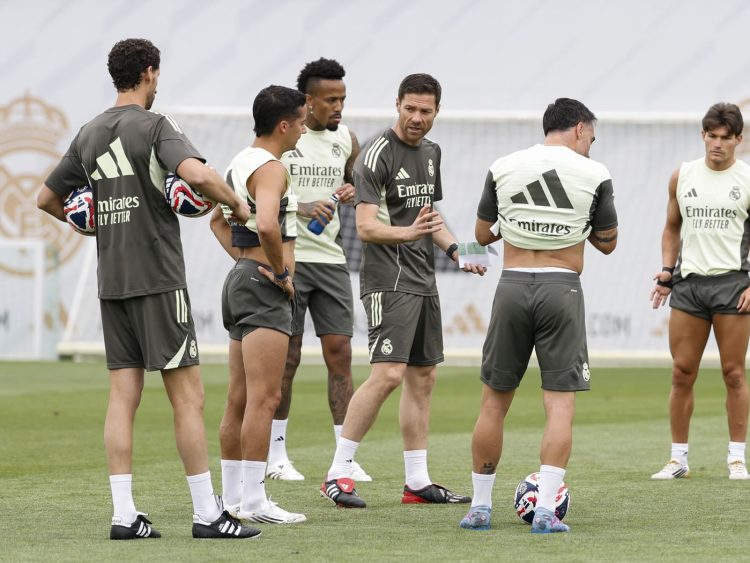The 2025 Club World Cup has revealed a fascinating—and for some, startling—trend: nearly half of all goals scored in the tournament have come from set pieces. Corners, free kicks, penalties, and even long throw-ins have become the dominant mode of attack. The stat is not a glitch. As of the final whistle in the semifinals, 47% of all goals recorded came from dead-ball scenarios. It’s a dramatic departure from past tournaments, where fluid open-play goals were seen as the pinnacle of attacking football.
So why is this happening now? Is it a coincidence, or has the modern game finally entered an era where science, psychology, and marginal gains are turning set pieces into elite weapons? The data says it’s no accident. The evolution of the game, from coaching philosophy to officiating to technology and even ball design, has all converged to make set pieces more lethal than ever before.
Let’s examine the core forces driving this tactical revolution.
Specialist Coaching Hires Analysis
Ten years ago, most clubs had one set piece routine. Maybe two. A coach would assign one assistant—often with no unique credentials—to work on dead-ball situations during Thursday training. Today, that’s laughably outdated.
In 2025, nearly every top club—especially those participating in elite tournaments like the Club World Cup—employs a dedicated set piece specialist, and sometimes two or three. These coaches are often hired from surprising backgrounds: data scientists, rugby tacticians, NFL special teams experts, or even former military strategists trained in pattern disruption and formation analysis.
Consider the example of Club León from Mexico. Ahead of the tournament, they hired a Norwegian coach with a background in Olympic handball and a master’s thesis on player positioning in confined spaces. The result? Five of their seven tournament goals came from either a rehearsed corner routine or an indirect free-kick play, including a last-minute equalizer that involved three decoy runs and a low-driven ball to the penalty spot.
Clubs are also treating set pieces like product development. Every routine is tested, filmed, reviewed, and refined weekly. Opponents’ defensive tendencies are logged in set piece databases, with simulations run to test various outcomes. At Flamengo, players now wear VR headsets during recovery sessions to visualize set piece positioning from a first-person view. This immersion improves spatial anticipation, helping players know where to move before the ball is struck.
More than ever, dead-ball situations are being treated not as moments of rest but as prime opportunities. When executed with surgical precision, they bypass the increasingly compressed midfields of open play, where 5-4-1 formations and high pressing limit creativity. In set pieces, teams get time, space, and rehearsed geometry. The reward for mastery is now undeniable.
VAR-Induced Foul Calling Changes
Technology hasn’t just changed how goals are scored—it’s also changed what referees notice and penalize. The advent of VAR (Video Assistant Referee) has dramatically altered the behavior of defenders during set pieces.
Before VAR, jostling, shirt pulls, and subtle obstructions were tolerated or missed in the box. Now, any of those infractions can be caught on replay and awarded as penalties or indirect free kicks. The effect? Defenders are more cautious, and attackers have greater freedom to execute their runs and block-off patterns.
Data from the 2025 Club World Cup shows a 19% increase in penalties awarded from corners and free kicks compared to the 2021 edition. Much of this can be directly attributed to VAR scrutiny. Clubs have adapted by developing routines that place defenders in compromising positions—forcing them to choose between conceding a clean shot or committing a risky foul.
Manchester City, for example, now runs a near-post overload with three players converging diagonally, which often creates chaos and leads to defenders grappling for position. The setup is designed not only to free a shooter but also to bait a foul, knowing VAR will likely catch any illegal obstruction.
Additionally, attackers are now trained to appeal more effectively. Gone are the days of overacting or flailing. Today’s players know the importance of “visual clarity” for the cameras—controlled reactions that draw attention without seeming theatrical. Clubs even rehearse these micro-gestures in training.
VAR has turned the penalty box into a hyper-monitored arena. Off-the-ball movement is tracked frame by frame. Subtle infractions, once ignored, are now match-defining moments. Set piece coaches have responded with choreography designed not just to score—but to provoke mistakes that video technology can amplify into goals.
Equipment Innovation Impacts
It’s not just coaching and officiating that are transforming the set piece landscape—equipment innovation has played a major role too.
Let’s start with the ball. The 2025 Club World Cup introduced a newly engineered match ball developed by Adidas and approved by FIFA. With embedded micro-groove surface technology and improved rotational stability, the ball is designed to respond more consistently to both curling and dipping strikes. Free kick specialists have found it easier to generate unpredictable swerve and dip, making goalkeeper anticipation harder than ever.

Brazilian forward Luan Reis scored what many are calling the goal of the tournament—a 35-yard free kick that knuckled, dipped, and bounced just in front of the keeper. When asked how he struck it, he smiled and pointed to the ball’s hex-textured panels. “It obeys,” he said. “If you strike it the way we’ve trained, it listens to your foot.”
Beyond the ball, boots have become more specialized. Some players now wear set piece-specific boots with enhanced soleplate traction and instep grip patterns that increase spin control. One manufacturer even offers a boot with haptic feedback sensors during training—vibrating slightly to indicate sweet spot contact.
Another innovation is set piece clothing. Under-jersey compression tops now come equipped with tiny motion sensors and gyroscopic trackers. These devices help coaches track player acceleration and deceleration during runs, optimizing timing for routines. Players now receive heat maps of their movement during corners, learning how to adjust for maximum spatial impact.
Even the turf has evolved. FIFA-approved fields for the Club World Cup are precision-maintained with nano-silica particles that increase surface consistency. This helps eliminate unpredictable bounces during indirect plays and allows more precise execution of training-ground routines.
These equipment upgrades have made set pieces not just more effective—but more repeatable. Where free kicks and corners were once imprecise arts, they’re now precision sciences. When all variables—ball, boot, body, turf—are aligned, the chance of success dramatically increases.
A Cultural Shift in Respect
Finally, a subtler but equally powerful factor has contributed to the surge in set piece goals: a cultural shift in how they’re perceived. For decades, set pieces were considered “secondary” football—gritty, unglamorous, a break from the poetry of open play. That stigma has largely vanished.
Today’s football culture embraces pragmatism. Winning matters more than romantic ideals. If rehearsed set plays can secure trophies, nobody questions their legitimacy. Social media has also played a role. Goal compilations filled with intricate routines now go viral, drawing millions of views and influencing young players worldwide.
Academies have responded. Youth teams now spend a dedicated 25% of training time on dead-ball scenarios, compared to just 10% a decade ago. Players as young as 14 are learning block-off movement patterns, wall decoy setups, and near-post glances that used to be the preserve of senior professionals.
The message is clear: mastering set pieces is now part of being a complete footballer. The new generation doesn’t sneer at training drills—they study them, analyze them, gamify them.
The rewards at the professional level are clear. Set pieces level the playing field. They let less talented squads punch above their weight and give elite teams another layer of dominance. In a tournament as compressed and intense as the Club World Cup, where every moment matters, set pieces are no longer auxiliary—they are essential.
Conclusion
The surge in set piece goals at the 2025 Club World Cup is not an anomaly—it’s the product of a sweeping tactical and technological evolution. Specialist coaching, VAR-influenced refereeing behavior, and game-changing equipment have all converged to elevate dead-ball scenarios from strategic afterthoughts to primary scoring engines.
Clubs no longer treat set pieces as luck. They treat them as design. Like elite Formula 1 teams engineering every curve of a race car, top football clubs now engineer every corner, every free kick, every restart. The science has caught up to the art.
If this tournament is any indication, the future of football may not lie in the chaos of open play—but in the precision of the set piece. And for fans, it means a new way of watching the game: less about the long dribbles, more about the sudden explosion when a routine clicks, a wall parts, and the ball finds the net—exactly as designed.


































Discussion about this post